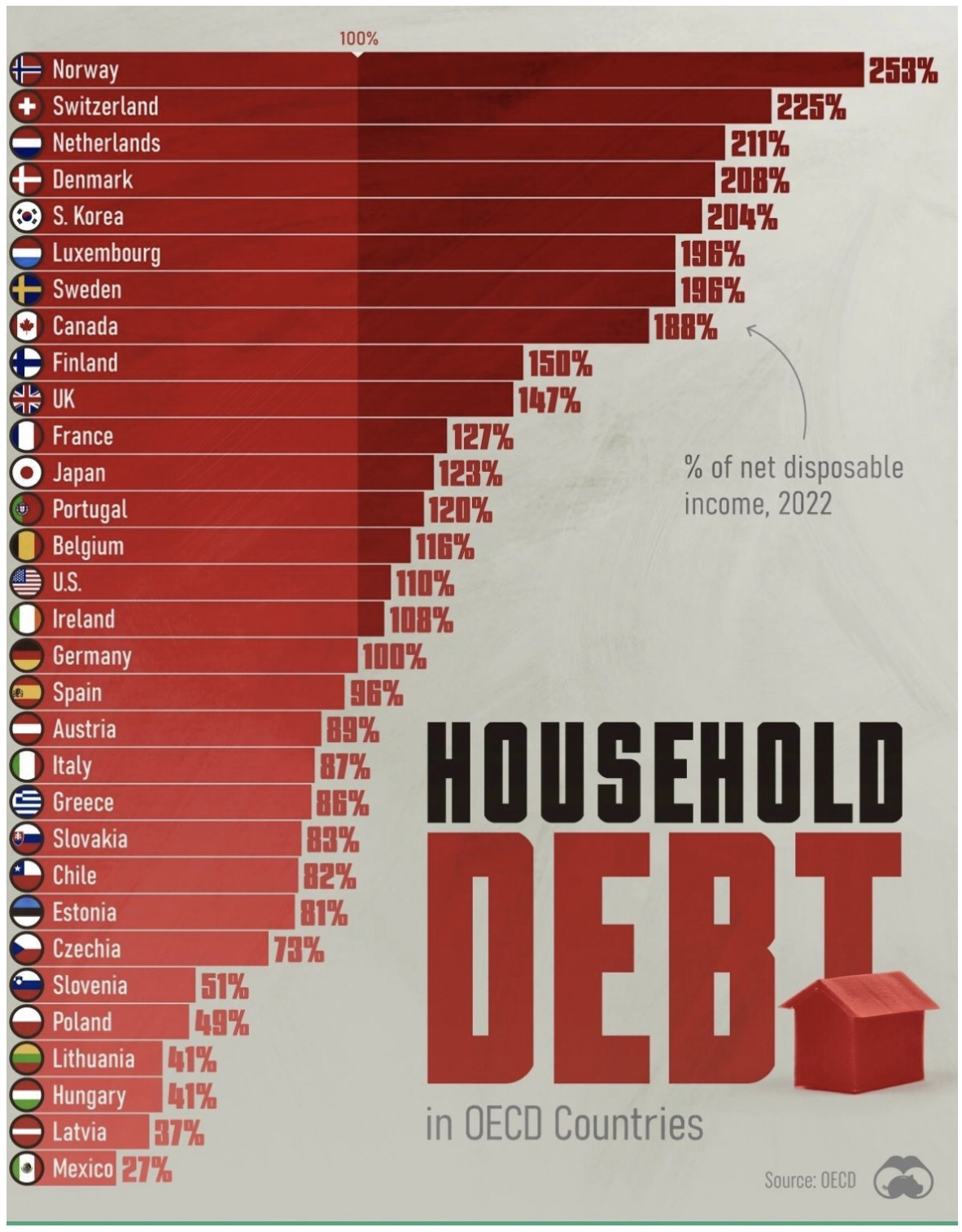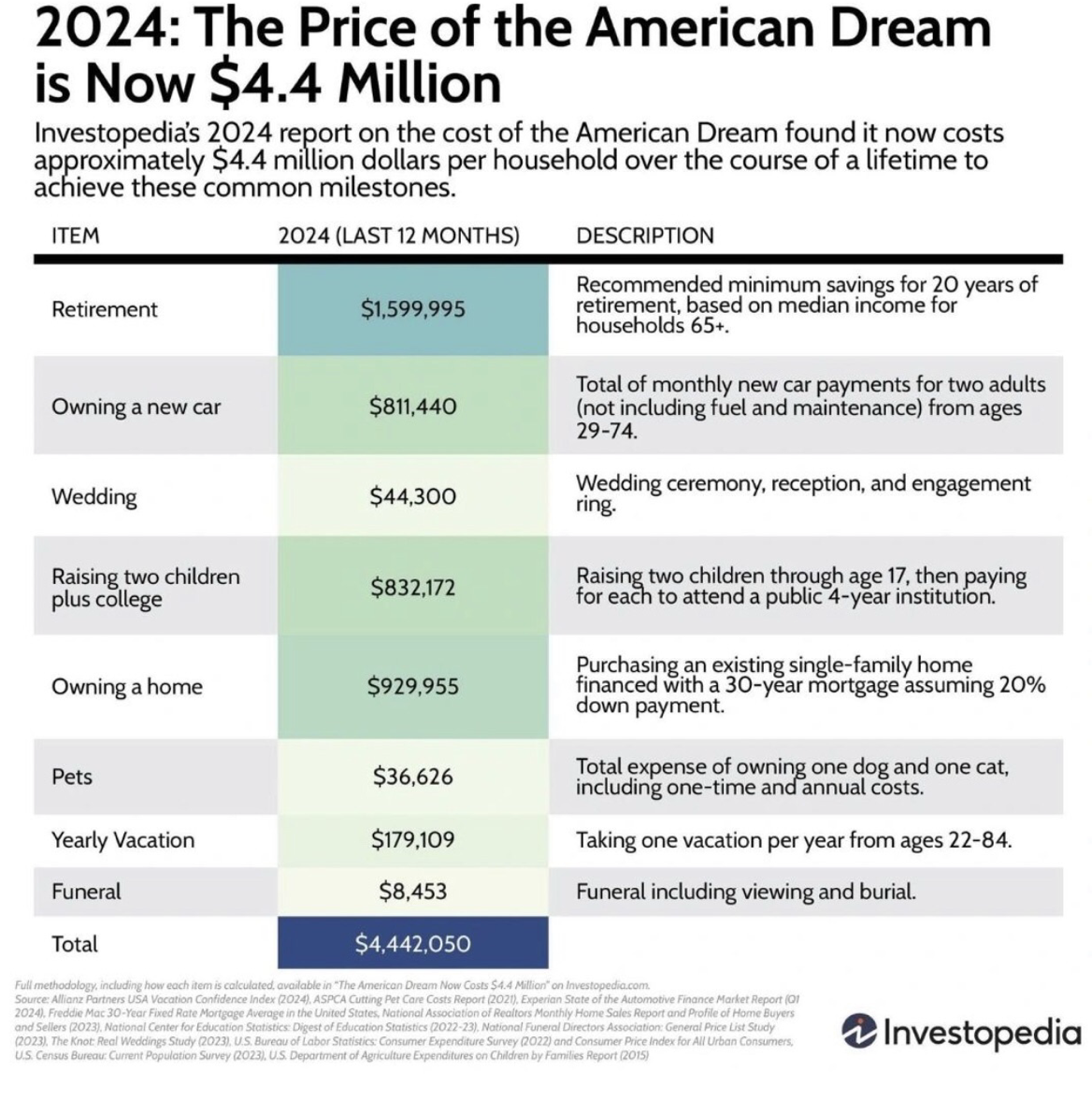
(FARMLAND INVESTMENT – A RELATIVELY UNKNOWN OPPORTUNITY)
October 9, 2024
Hello everyone
Spanning many decades in the past, farmland has emerged as a very robust and consistent investment vehicle, outperforming traditional investment options such as the S&P500, real estate, gold, and bonds.
How can that be?
Farmland offers consistent returns
Over the past 30 years or so, farmland has never recorded a negative calendar year.
Let’s delve into some examples here. In the first instance, farmland remained positive during the dot-com bubble, when stocks were down for three consecutive years. Similarly, in 2008, when the S&P500 dropped by 37%, farmland recorded a positive return of 16%. This resilience and consistency make farmland a unique and attractive investment option.
Supply and demand dynamics
The principles of supply and demand go a long way to explain the performance of farmland as an investment. We all know the global population continues to grow on the demand side, leading to an increased need for food. This trend is expected to continue, providing a steady demand for farmland.
On the supply side, as cities expand and populations grow, development often encroaches on farmland, reducing its availability. This phenomenon of urban sprawl has decreased the supply of farmland, further driving up its value.
The combination of increasing demand and decreasing supply creates a healthy investment recipe. It ensures that farmland retains its value and provides consistent returns, making it an attractive investment option.
Farmland - An Underutilized Investment
Despite its impressive performance as an investment, farmland remains relatively unknown in the mainstream financial advisory sector. Many typical advisors have never considered it a viable investment option.
The upfront cost was high, and it was thought that investing required an intimate knowledge of the farming industry. However, that is changing rapidly, with new investment opportunities that greatly reduce these barriers to entry.
Today, all you need to invest in farmland is a bit of extra cash and an investment account. New opportunities are starting to open to the public.
Farmland can be considered as an alternative investment. Farmland produces returns both with rent yields and appreciation in the farmland’s value. So, these investments can work somewhat like dividend stocks or other rental property, with gains from income and capital gains.
Ways to Invest
1/ Owning land directly
If you want to invest in farmland, it’s still possible to own land directly. In this case, you could buy the land outright and rent it to a farmer who would use it for their crops or livestock. So, owning land directly means it would work like an investment property.
The capital needed to buy a farm may be quite significant. For instance, according to the USDA, the average farm size in 2023 was 464 acres. The USDA also reported an average cost of $4,080 per acre in 2023, up from 3,800 the year before. Using these averages, you could expect an average purchase price of $1.89 million for a farm. Naturally, you may be able to get started with less if you can find the right opportunity.
2/ Farmland REITS
Real estate investment trusts (REITS) are not just for office buildings and apartment complexes. REITS can also invest in farmland, and they’re a popular way for investors to enjoy the benefits of real estate investing – that is, enjoying income – without the headaches of management.
Investing in REITS makes diversification easier, and they’re much more liquid, and the minimum investment is often much lower. And REITS enjoy no corporate income tax in exchange for distributing 90% of their taxable income to investors as dividends.
Gladstone Land (LAND) and Farmland Partners (FPI) are two of the most prominent farmland REITS.
3/ Agricultural Stocks
One alternative to investing in farmland directly is investing in agriculture stocks. The idea is simple: instead of buying farmland, you buy shares of stock in companies in the agriculture industry.
These agriculture companies might be involved in things like crop production, agricultural equipment manufacturing, fertilizer production, and distribution. Crop producers, for example, make a return on the investment from producing the land, and they may own the land, too, so they can benefit from the potential rise in land prices.
Widely held agricultural stocks include Archer-Daniels-Midland (ADM), Corteva (CTVA), and Scotts Miracle-Gro (SMG)
4/ Farmland Mutual funds and ETFs.
Some investors prefer mutual funds or ETFs because it is often easier than buying stocks in individual agricultural companies.
Notably, farmland mutual funds don’t always invest exclusively in agriculture and often invest in adjacent sectors.
Buying individual stocks gives you a greater level of certainty over where your funds are being invested. This is not always true when you invest in mutual funds.
The Fidelity Agricultural Productivity Fund (FARMX) aims to invest 80% of its assets in agricultural productivity companies, and its largest holding is Deere (DE), the well-known name behind much agricultural machinery.
It is important to note that these funds can come with high fees – so you always need to check these before investing in any fund.
This is an item of interest Post to show you alternative investments. Overall, it is my preference to buy individual stocks where I can rather than funds.
QI CORNER

SOMETHING TO THINK ABOUT


Cheers
Jacquie

